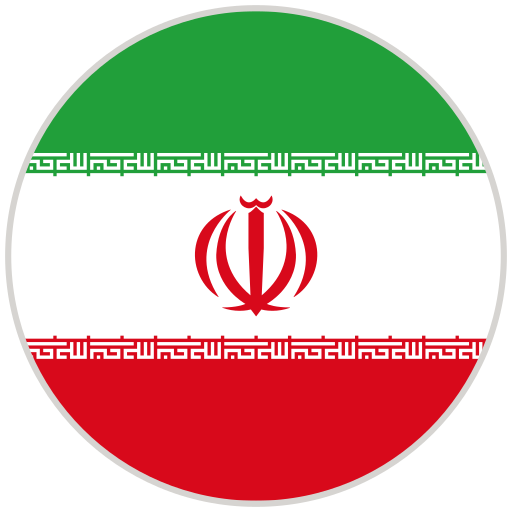The arrival of Islam in Iran
The Evolution of Persian Textiles in the Islamic Era
With the advent of Islam, Persian textiles underwent a transformation, integrating new artistic and cultural influences while preserving the rich legacy of Sassanian craftsmanship. The ornate medallions that once symbolized royal grandeur found new expression within Islamic artistic traditions, seamlessly blending with intricate calligraphy and arabesque patterns.
Islamic textiles reflected a synthesis of heritage and innovation, as Quranic verses and geometric motifs became central elements in fabric design. This evolution was not merely aesthetic but emblematic of broader cultural continuity and adaptation. Persian textile artistry, deeply rooted in its pre Islamic past, continued to thrive within the Islamic framework, contributing to the artistic vocabulary of civilizations from the Middle East to Central Asia and beyond.
These garments, far more than mere attire, became historical narratives woven into fabric testaments to Persia’s enduring artistic identity and its seamless dialogue with Islamic aesthetics.


